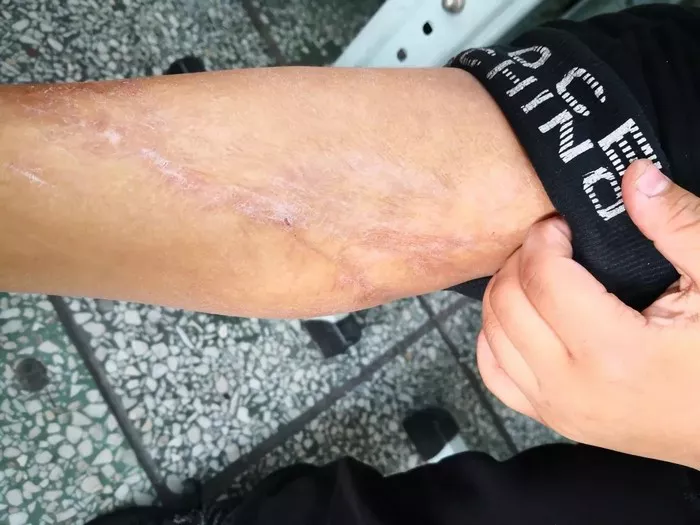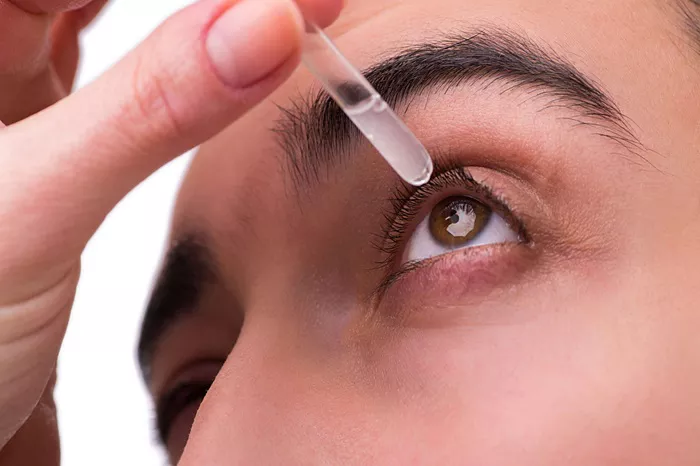Scars are the visible reminders of past injuries or surgical procedures that can linger long after the wounds have healed. While scars are a natural part of the body’s healing process, they can sometimes be a source of self-consciousness or discomfort for individuals, especially when they are prominent or located in highly visible areas. Fortunately, advancements in medical technology and skincare have made it possible to significantly reduce the appearance of scars and, in some cases, achieve complete removal. In this comprehensive guide, we’ll explore the various methods and treatments available for permanently removing old scars, empowering you to take control of your skin’s appearance and reclaim your confidence.
Understanding Scar Formation: The Body’s Healing Process
Before delving into the strategies for scar removal, it’s important to understand how scars form and why they may persist over time.
The Healing Cascade
When the skin is injured, whether through cuts, burns, acne, or surgical incisions, the body initiates a complex process known as wound healing. This process involves several overlapping stages, including inflammation, tissue formation, and remodeling, all of which are orchestrated by the body’s immune system and specialized cells. During tissue repair, the body produces collagen—a fibrous protein that forms the structural framework of scar tissue—to bridge the gap in the skin and facilitate wound closure.
Scar Types
Scars can vary widely in appearance, texture, and color depending on factors such as the depth and severity of the injury, individual skin characteristics, and the quality of wound care. Common types of scars include:
Hypertrophic Scars: Raised, thickened scars that form at the site of injury. They may be red, pink, or purple in color and typically do not extend beyond the boundaries of the original wound.
Keloid Scars: Similar to hypertrophic scars but characterized by excessive collagen production that causes them to extend beyond the boundaries of the original wound. Keloid scars may be itchy, tender, and disproportionately large relative to the initial injury.
Atrophic Scars: Depressed or sunken scars that result from a loss of underlying tissue, often seen in conditions such as acne or chickenpox. Atrophic scars may appear as shallow pits or indentations in the skin.
Contracture Scars: Tight, puckered scars that occur when large areas of skin are lost or damaged, such as in burns. Contracture scars can restrict movement and may affect underlying muscles and nerves.
The Quest for Scar-Free Skin: Strategies for Permanent Removal
While it’s not always possible to completely erase scars, especially those that are deeply entrenched or extensive, there are several effective treatments and techniques available for reducing their visibility and achieving smoother, more even skin. Let’s explore these methods in detail:
1. Topical Treatments
Topical treatments, such as creams, gels, and ointments, are often the first line of defense for addressing minor scars or early-stage scar formation. These products typically contain ingredients that promote collagen synthesis, improve skin texture, and fade discoloration. Common ingredients found in topical scar treatments include:
Silicone: Silicone gel sheets or silicone-based creams create a protective barrier over the scar and help hydrate the skin, leading to improved texture and reduced redness.
Vitamin E: Vitamin E oil is believed to promote skin healing and reduce inflammation, although its effectiveness for scar treatment is debated.
Onion Extract: Products containing onion extract, such as Mederma®, claim to soften and flatten scars by inhibiting collagen production and reducing scar tissue thickness.
Hydroquinone: Hydroquinone is a skin-lightening agent that may be used to fade dark pigmentation in scars, particularly in individuals with darker skin tones.
2. Laser Therapy
Laser therapy is a non-invasive or minimally invasive procedure that uses focused laser energy to target specific areas of the skin and stimulate collagen production, leading to improved scar texture and appearance. Depending on the type and severity of the scar, different types of lasers may be used, including:
Fractional Lasers: Fractional laser resurfacing delivers precise microthermal zones of energy to the skin, triggering the body’s natural healing response and promoting collagen remodeling. This can improve the texture and color of scars while minimizing downtime.
Pulsed Dye Lasers (PDL): PDL targets blood vessels within the scar tissue, reducing redness and inflammation associated with hypertrophic and keloid scars.
Carbon Dioxide (CO2) Lasers: CO2 lasers are used for more extensive scarring or skin resurfacing procedures, as they can penetrate deeper into the skin and promote significant collagen remodeling.
3. Surgical Interventions
For scars that are particularly large, deep, or resistant to other treatments, surgical intervention may be necessary to achieve optimal results. Surgical techniques for scar removal include:
Excision: Surgical excision involves removing the scar tissue entirely and suturing the edges of the wound together to create a smoother, less noticeable scar. This method is commonly used for keloid and hypertrophic scars.
Punch Grafting: Punch grafting involves removing the scar tissue with a small punch biopsy tool and replacing it with healthy skin harvested from another area of the body. This technique is effective for treating deep or pitted scars.
Z-plasty: Z-plasty is a surgical technique used to reposition and redistribute scar tissue, particularly in cases of contracture scars. By creating new incisions in a zigzag pattern, surgeons can release tension on the scar and improve mobility.
4. Injectable Treatments
Injectable treatments, such as corticosteroid injections, fillers, and platelet-rich plasma (PRP) therapy, can be used to soften and flatten raised scars, improve texture, and promote collagen remodeling. These treatments are typically performed in-office and may require multiple sessions for optimal results. Common injectable treatments for scar removal include:
Corticosteroid Injections: Corticosteroids are anti-inflammatory medications that can reduce scar size and redness by suppressing collagen production and inhibiting the body’s immune response.
Fillers: Dermal fillers, such as hyaluronic acid or collagen-based fillers, can be injected into depressed or atrophic scars to plump up the surrounding skin and create a smoother surface.
Platelet-Rich Plasma (PRP) Therapy: PRP therapy involves injecting concentrated platelets derived from the patient’s own blood into the scar tissue, promoting tissue regeneration, collagen synthesis, and scar remodeling.
Lifestyle Strategies for Scar Prevention and Management
In addition to medical treatments, certain lifestyle practices and self-care techniques can support scar prevention and management, helping to optimize the results of professional interventions:
1. Sun Protection
Exposure to ultraviolet (UV) radiation can exacerbate the appearance of scars by causing hyperpigmentation, redness, and collagen degradation. Protecting scars from sun exposure by wearing sunscreen, protective clothing, and seeking shade can help minimize discoloration and prevent further damage.
2. Proper Wound Care
Proper wound care during the initial healing phase is essential for minimizing scar formation and promoting optimal wound healing. Keep the wound clean, moist, and protected from infection by following these guidelines:
1,Clean the wound gently with mild soap and water.
2. Apply an antibiotic ointment or petroleum jelly to keep the wound moist.
3. Cover the wound with a sterile bandage or dressing to protect it from dirt and bacteria.
3. Healthy Lifestyle Habits
Maintaining a healthy lifestyle can support overall skin health and improve the body’s ability to heal and regenerate. Focus on:
1. Eating a balanced diet rich in fruits, vegetables, lean proteins, and essential nutrients that support skin health and collagen production.
2. Staying hydrated by drinking plenty of water to keep the skin hydrated and promote tissue repair.
3. Avoiding smoking and excessive alcohol consumption, as these habits can impair wound healing and contribute to poor skin health.
Conclusion: Embracing Scar-Free Skin
While scars may be an inevitable part of the body’s healing process, they need not define or limit our sense of self-confidence and well-being. With the array of advanced treatments and techniques available today, individuals can take proactive steps to permanently remove or significantly reduce the visibility of old scars, restoring smooth, even skin and reclaiming their confidence. By understanding the underlying mechanisms of scar formation, exploring the various treatment options, and adopting healthy lifestyle practices, individuals can embark on a journey toward scar-free skin and embrace their natural beauty with renewed confidence and vitality.
[inline_related_posts title=”You Might Be Interested In” title_align=”left” style=”list” number=”6″ align=”none” ids=”5959,5909,6165″ by=”categories” orderby=”rand” order=”DESC” hide_thumb=”no” thumb_right=”no” views=”no” date=”yes” grid_columns=”2″ post_type=”” tax=””]

































